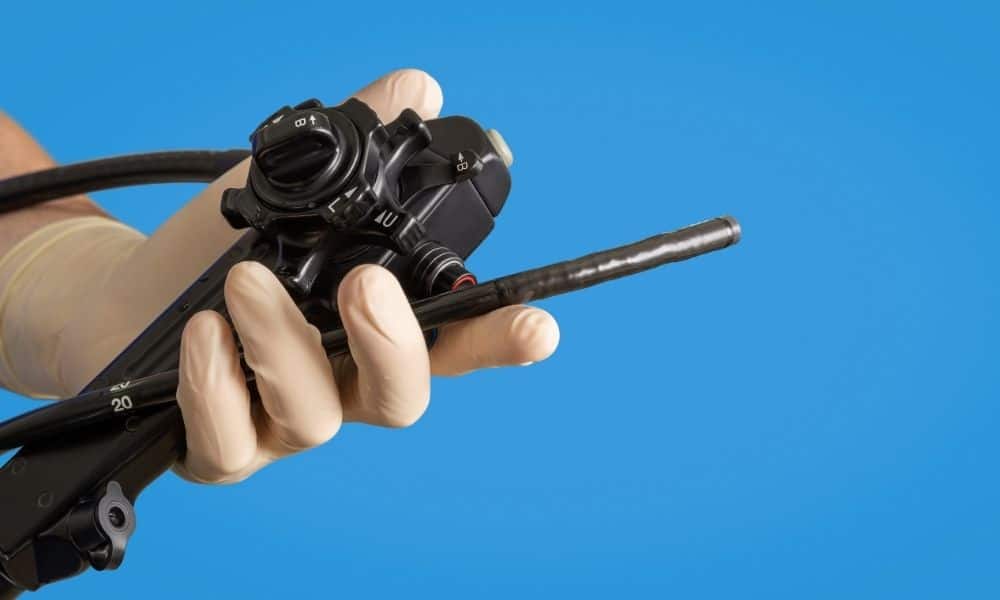Technological developments have increasingly become huge assets to the medical industry. From administrative tablets to life-saving machines, tons of hospital devices rely on a strong and steady network connection. Fiber optic cables are just one improvement that has boosted tech efficiency in the medical field. Because medical facilities have intricate demands, there are various popular uses of fiber optic cables in the medical field.
Internet
Internet and reliable network connection are the most popular uses of fiber optic cables in the medical field and in many other successful industries. Proper fiber optic installation creates high-speed data transfers. The light and flexible cables allow medical professionals to access pertinent data when they need it the most. Important details get relayed to patients and other medical departments quickly.
Minimally Invasive Surgeries
Minimally invasive surgeries have grown in popularity. This type of surgery is preferred for its quicker recovery time, lower risk of infection, and less painful process. The increasing demand for minimally invasive surgery has called for an increase in fiber optic cable application in the field. The correlation is a result of the need for compact medical utensils that utilize fiber optic cables to function. Efficient surgeries, diagnoses, and research have relied on these cables for the past several years.
Medical Instruments
Endoscopes are used to view the inside of patients’ bodies. They help to inspect symptoms and create a more fine-tuned diagnosis per patient. Endoscopes utilize fiber optics for their imaging and illumination components and are heavily relied on during minimally invasive surgeries. They are also incorporated in medicine through biopsy performance and supplying medical treatment.
The conception of biomedical sensors has been a huge medical asset that utilizes fiber optic technology. The fiber optic sensors are used to measure physiological traits like body and blood temperature, muscle mass, and heart rate. These vitals are essential to monitoring patients’ wellbeing.
Research and Medical Prospects
Recent developments in medicine include the elastic model of optical fibers. These fiber optic cables composed of flexible and biocompatible hydrogel are microscopic. Medical professionals and researchers are still finding ways to refine the fiber optic tubes.
The tubes are being developed with neurological use in mind. With the necessary improvements, the prototype will be able to activate brain cells and neurons with a tiny light. The intentions for this fiber optic tube are ambitious, making it vital that it get perfected prior to medical implementation.







